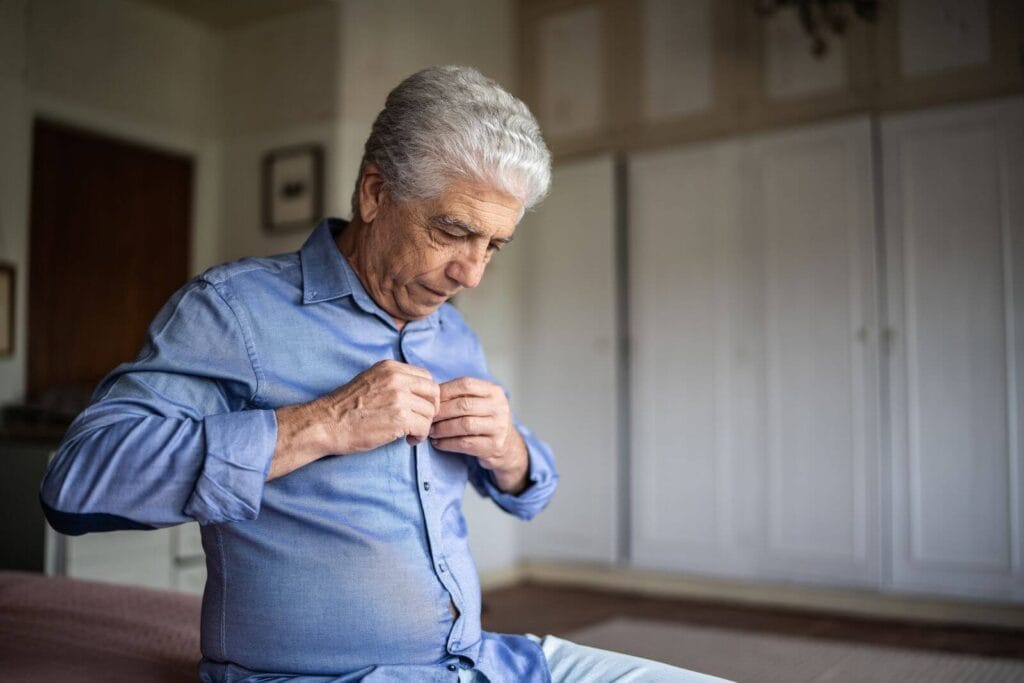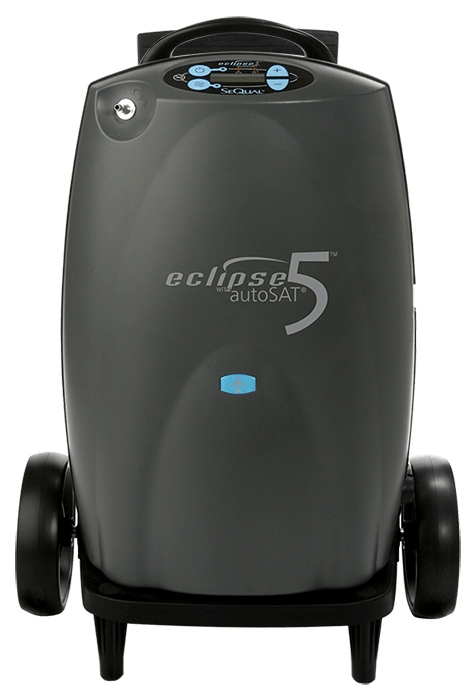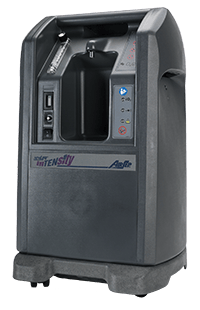
When you get up and ready for your day, you complete a series of personal care tasks, like showering, combing your hair, brushing your teeth, and getting dressed. These are a few examples of activities of daily living, or ADLs, which are tasks we all do to take care of ourselves. As we age, ADLs can become more challenging to complete independently. Dressing, for example, can become more difficult due to pain, stiffness caused by arthritis, and balance and mobility issues. Cognitive decline can also make getting dressed difficult. Fortunately, there are some dressing aids and adaptive clothing that can preserve independence and self-esteem for older adults. Here are a few options that can help you or a loved one.
No-tie shoes
Tying shoes can become difficult as we age due to balance and dexterity challenges. Your loved one might increase their risk of falling by either walking around with untied shoes or bending down to tie them and losing their balance. Eliminating the need to tie shoes can be a safe and simple way to address this issue.
No-tie laces are an excellent solution. You can use these elastic laces instead of regular laces with any shoe. Shoes without laces, like Skechers Slip-ins, are also a good option. If your loved one needs an orthotic shoe for more support, most have Velcro versions to eliminate the need for laces. You can also keep a long-handled shoehorn by the front door to further reduce the need to bend over or struggle with putting shoes on.
Sock helper
Putting on socks can also be challenging for older adults. It can be hard to bend over to pull them on, and grip strength can also be an issue. Thankfully, there are devices that can enhance independence with this task.
A sock helper might take some practice to learn to use correctly, but once the senior gets the hang of it, the device will make putting on socks much easier. Compression stockings can also be difficult to put on, as they are snug and require a bit of grip strength. This compression stocking donner aid can help get them on, and this removal tool can help get them off.
Magnetic buttons
Low dexterity can make buttoning clothing more difficult. Specially made adaptive clothing has come a long way in the past decade. Now you can easily find stylish and affordable adaptive clothing for both men and women. Many types of adaptive clothing feature magnetic buttons, which can make getting dressed a lot easier for those with mobility or grasp challenges.
Look for brands like MagnaReady or Silverts for adaptive clothing with magnetic buttons. You can also find magnetic-button blouses and shirts online through Amazon.
Buttonless pants
Low dexterity can also make zippering and buttoning pants difficult. Buttonless pants, which are available in a variety of sizes and styles for both men and women, can help eliminate the need for these fine motor skills.
Buttonless pants often feature elastic waistbands or Velcro closures for easier dressing. These Skechers pull-on pants for men and women are trendy and stylish, as are these specially designed adaptive men’s pull-on pants and these Velcro-close women’s pants sold at JCPenney.
Accessible undergarments
When searching for adaptive clothing or dressing aids, don’t forget about undergarments. Bras can be especially challenging to put on and take off. You can find adaptive bras through companies like Joe and Bella, which offers a bra with pull tabs for tightening. Silverts offers a front-closure option with snap closures.
Side-fastening underpants can be a good solution for someone who needs to remain seated while dressing. Many adaptive underwear options are also leakproof, which can help with incontinence challenges. JCPenney has a great line of adaptive clothing that includes adaptive underpants for women and men.
Storage matters
It’s important to ensure that your loved one can safely navigate their closet or dresser drawers when looking for what to wear that day. Changing how their clothes are arranged might help them with cognitive and physical barriers to the task. For example, you might store complete outfits together in drawers so they just have to grab one stack of clothing to have pants, socks, undergarments, and a shirt that all match. You might also choose to lower the rod in the closet so that they can reach items while seated instead of needing to stand up.
Dressing aids can help keep seniors independent
Although certain challenges to activities of daily living can come with aging, there are solutions that can help keep you or a loved one living independently and safely. Dressing aids and adaptive clothing can ensure that your loved one can dress themselves without causing any injury or strain. Working with an occupational therapist can be helpful if you aren’t quite sure what the barriers are to your loved one independently dressing each day. You can work together to try different tools, clothing, and adjustments to see what makes a positive difference in their routine.








